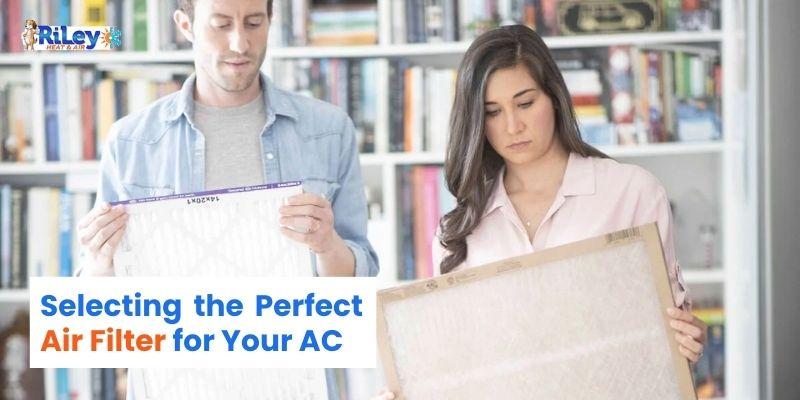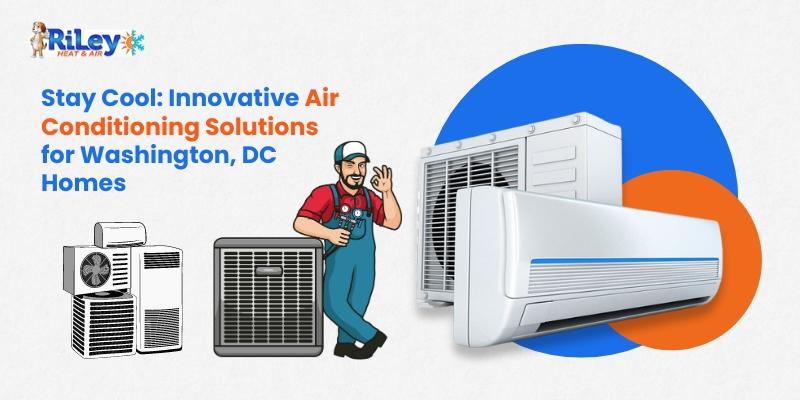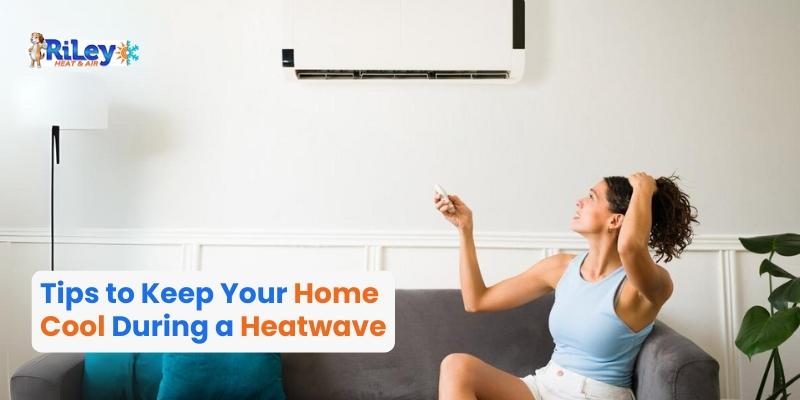
Tips to Improve Air Quality & Make Indoor Air Safer to Breathe
With most people spending a significant amount of time indoors, the air quality we breathe inside our homes and workplaces becomes crucial for our well-being. Poor indoor air quality can lead to various health issues, including respiratory problems, allergies, and fatigue. Fortunately, several effective ways exist to improve air quality and make the indoor environment safer. In this article, we will explore practical tips to help you create a healthier indoor atmosphere.
Tips for Improving the Air Quality in Your Home
1. Increase Ventilation

Maintaining healthy indoor air quality depends heavily on proper ventilation. One of the most basic methods to enhance ventilation is to open windows and doors to let fresh air in. A cross-breeze can be produced by opening windows on the opposing sides of the room. Additionally, exhaust fans in bathrooms and kitchens can remove odor and pollution. A mechanical ventilation system, such as a whole-house fan or a heat recovery ventilator (HRV), might be installed to provide constant air exchange.
2. Regularly Change Air Filters
Air filters in HVAC (Heating, Ventilation, and Air Conditioning) systems help trap airborne particles and improve indoor air quality. Regularly check and change your air filters according to the manufacturer's recommendations. Clogged filters can impede airflow and allow pollutants to circulate. Consider upgrading to high-efficiency filters, such as HEPA filters, for improved filtration.
Besides changing the air filters of your HVAC system, you want to ensure the unit is well-maintained and highly functional at all times. Opt for the best air conditioning maintenance services in Maryland to get your unit fixed and improve the air quality in your home.
3. Keep Indoor Spaces Clean
Reducing indoor air contaminants requires routine cleaning. The air quality in your home can be impacted by dust, pet dander, and other particles that can accumulate on surfaces and become airborne. Use a vacuum with a HEPA filter to vacuum carpets and rugs since it is good at trapping tiny particles. To reduce the spread of dust, use microfiber towels to mop hard floors and dust surfaces. To remove dust mites and allergens, frequently wash your curtains, upholstery, and mattress.
4. Control Humidity Levels
Maintaining ideal indoor humidity levels is essential for preventing mold formation and minimizing allergy levels. Low humidity can cause dryness and respiratory irritation, while high humidity encourages mold growth. The ideal humidity range is between 30 and 50%. Use dehumidifiers in places with much moisture, such as bathrooms and basements. Consider using humidifiers to bring moisture to the air in drier climates.
5. Avoid Synthetic Fragrances
Numerous household items, such as candles, perfumes, and air fresheners, contain synthetic fragrances that release dangerous chemicals into the atmosphere. Some people may develop allergies and experience respiratory discomfort due to these substances. Choose options that are naturally scented or fragrance-free. To produce enticing aromas without affecting the quality of the air, use essential oils or simmer herbs and spices on the stove.
6. Introduce Indoor Plants
Indoor plants add beauty to your living spaces and contribute to cleaner air. Plants act as natural air purifiers by absorbing carbon dioxide and releasing oxygen. Some plants, such as spider plants, peace lilies, and aloe vera, are particularly effective at removing common indoor pollutants like formaldehyde, benzene, and xylene. Place a few potted plants around your home or office to improve air quality and create a calming environment.
7. Limit Chemical Usage and Stop Smoking
Tobacco smoke contains many harmful chemicals that severely degrade indoor air quality. Make your home a smoke-free zone to protect yourself and others from secondhand smoke.
Additionally, limit chemical-based products such as air fresheners, cleaning agents, and pesticides, as they can release volatile organic compounds (VOCs) into the air. Look for natural and eco-friendly alternatives, or make your cleaning solutions using ingredients like vinegar and baking soda.
8. Test for Radon

Radon is a radioactive gas that can infiltrate homes via the ground, especially in locations with high radon levels. Lung cancer risk can be elevated by radon exposure over time. Use self-testing kits to check the radon levels in your house, or contact a specialist for precise readings. If elevated radon levels are found, install a radon mitigation system or take other appropriate procedures to reduce them, such as caulking foundation cracks and openings.
9. Test and Address Mold Issues
Mold growth can harm indoor air quality and lead to respiratory issues. Check for mold growth regularly in humid locations, including restrooms, basements, and attics. If mold is found, act immediately to treat the moisture problem, repair leaks, and professionally remove the mold. If the mold infestation is severe, seek professional assistance. Air duct cleaning is one of the best ways to keep molds out of your home. Cleaning your air duct regularly will prevent mold formation in your HVAC system and keep the air in your home cozy, healthy, and fresh.
10. Keep Chemicals Properly Stored
Store any household chemicals, such as paints, solvents, and cleaning supplies, in well-ventilated places far from residential areas. Make sure they are both labeled and firmly sealed. The risk of inadvertent exposure is decreased by proper storage, which helps limit the release of volatile organic compounds (VOCs) into the atmosphere.
11. Test Indoor Air Quality
Consider conducting periodic indoor air quality tests to assess pollutant levels and identify potential sources of contamination. Professional testing services or DIY kits are available to measure various pollutants, such as formaldehyde, VOCs, and particulate matter. Based on the results, you can take targeted actions to address specific air quality concerns.
Conclusion
Indoor air quality improvement is a continuous process that calls for consideration of numerous elements. By implementing these tips, you can make your home healthier and safer place for you and your family. A crucial first step to improving general well-being is to prioritize clean air.
COMMENTS
LEAVE A COMMENT







Creating a safe and healthy indoor environment is essential, and improving air quality is a significant step toward achieving that goal. Check out these simple yet effective tips to breathe easier and enjoy cleaner indoor air. Your well-being matters! Thanks for sharing.